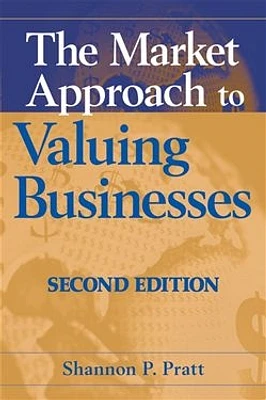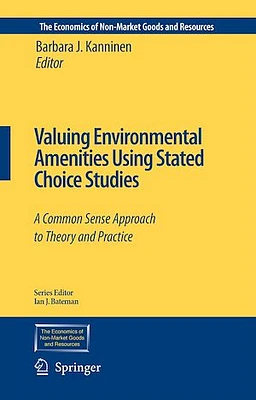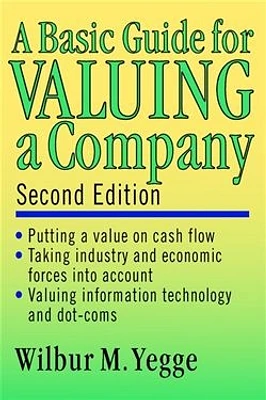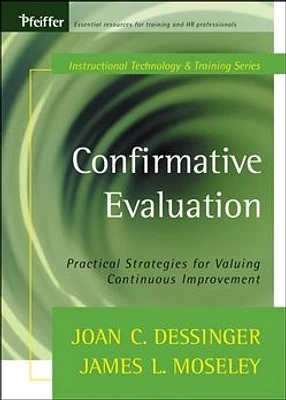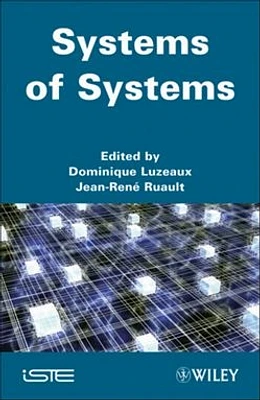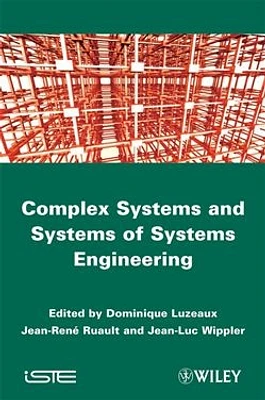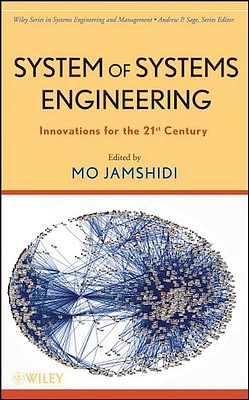Accueil
Valuing Agroforestry Systems

LIBRAIRIE CARCAJOU
Valuing Agroforestry Systems
De Librairie Carcajou
About this book
There is a growing interest and need for enhancing economic and policy research in agroforestry. So far, no single reference book provides adequate coverage of applied economic and policy analysis methodologies for agroforestry professionals. This book, written by the leading experts in economics and agroforestry, addresses this need with 14 case studies (covering all the continents of the world) that describe and demonstrate the application of a wide range of cutting edge economic analysis techniques to agroforestry system, policies and projects. The applied economic methodologies include enterprise/farm budget models, Faustmann models, Policy Analysis Matrix, production function approach, risk assessment models, dynamic programming, linear programming, meta-modeling, contingent valuation, attribute-based choice experiments, econometric modeling, and institutional economic analysis. After providing an overview of agroforestry systems and valuation methodologies (Chapter 1), the Economic Analyses section (Chapters 2-6) presents a variety of methods for analyzing the profitability of agroforestry systems under different settings. The Environmental-Plant sciencesal Economic Analyses section (Chapters 7-10) offers several Environmental-Plant sciencesal economic methodologies to value both market and non-market benefits of agroforestry systems. The Household Constraints and Agroforestry Adoption section (Chapters 11-13) is devoted to the issue of agroforestry adoption and the factors influencing the adoption decision. The Macroeconomic and Institutional Analyses section (Chapters 14-15) focuses on the role of agroforestry in rural development and institutional arrangements required to further agroforestry adoption. Finally, Chapter 16 summarizes the main results, discusses the status of economic research in agroforestry, and identifies opportunities for further research in economic and policy of agroforestry. This book provides a unique and valuable resource for assisting upper division undergraduate and graduate students and rural development professionals to conduct rigorous assessment of economic and policy aspects of agroforestry systems and to produce less biased and more credible information.







